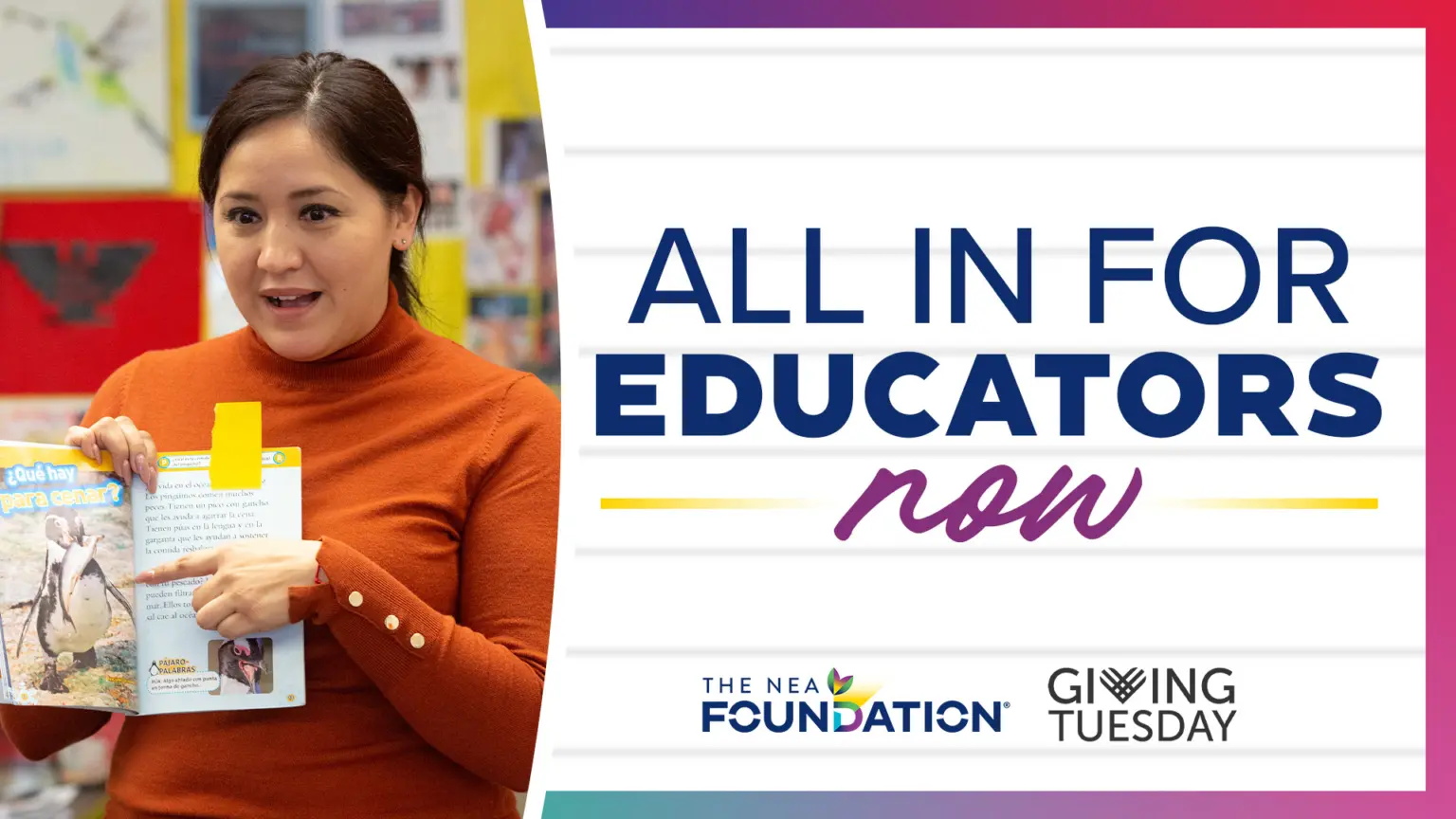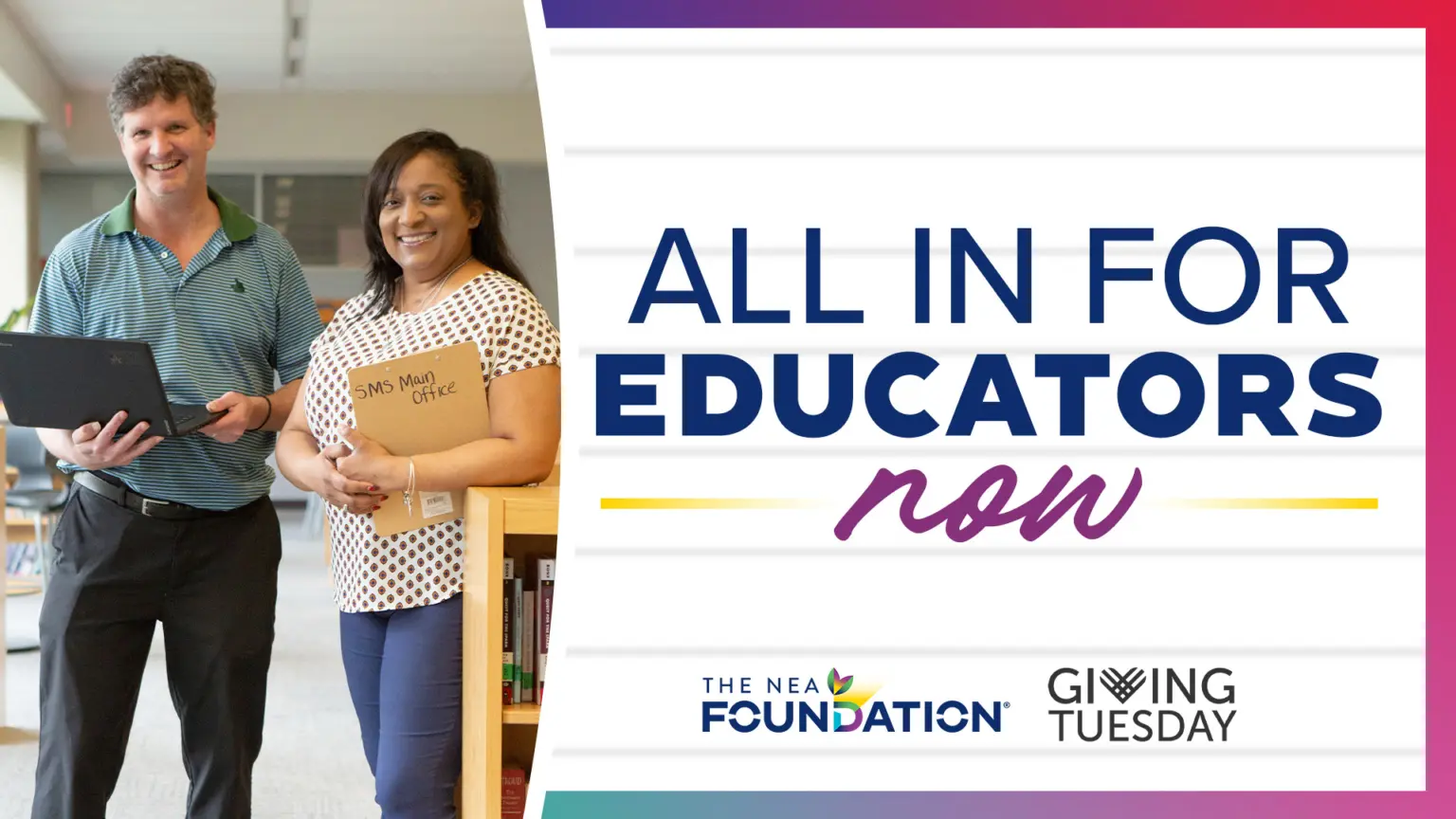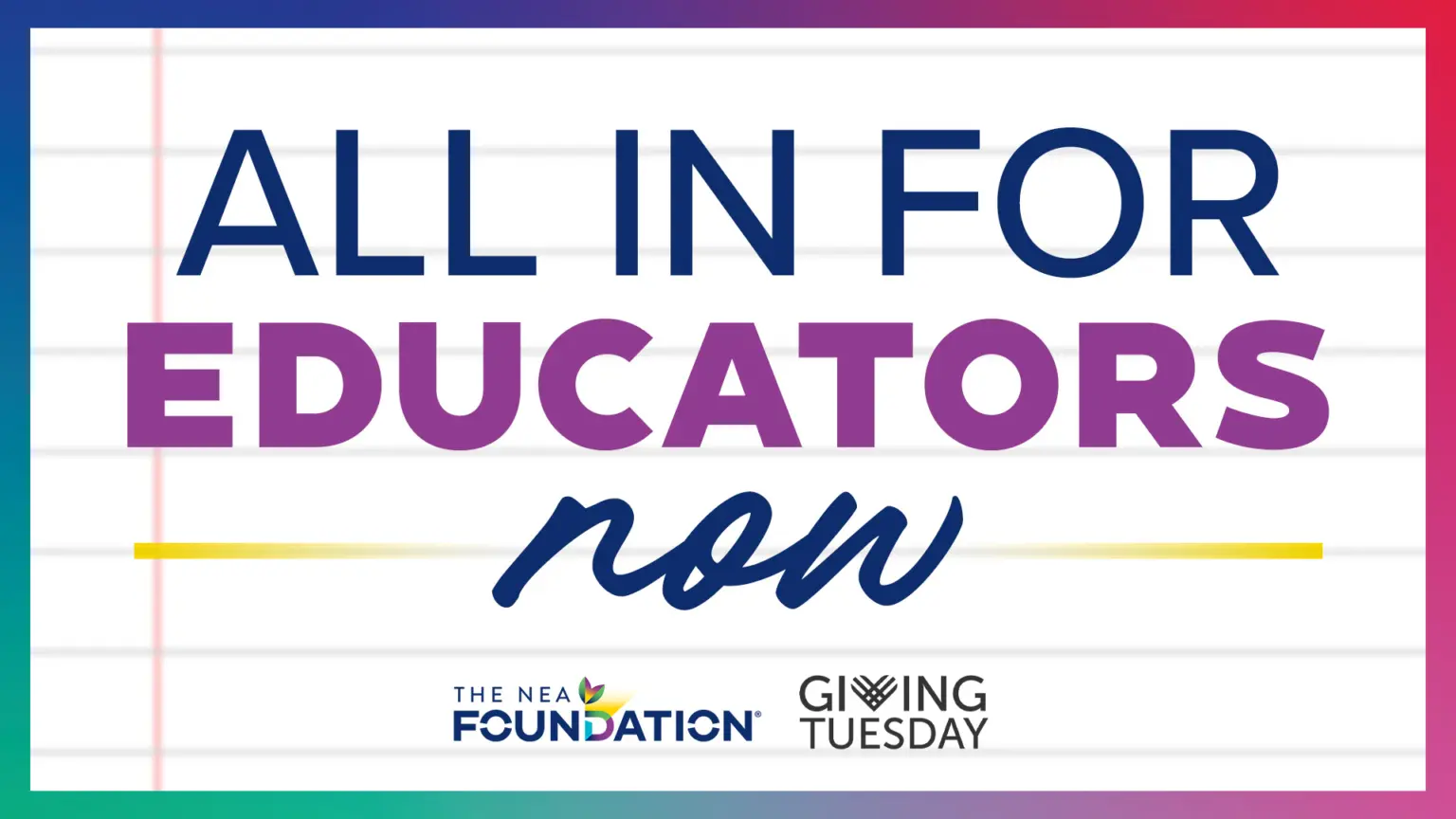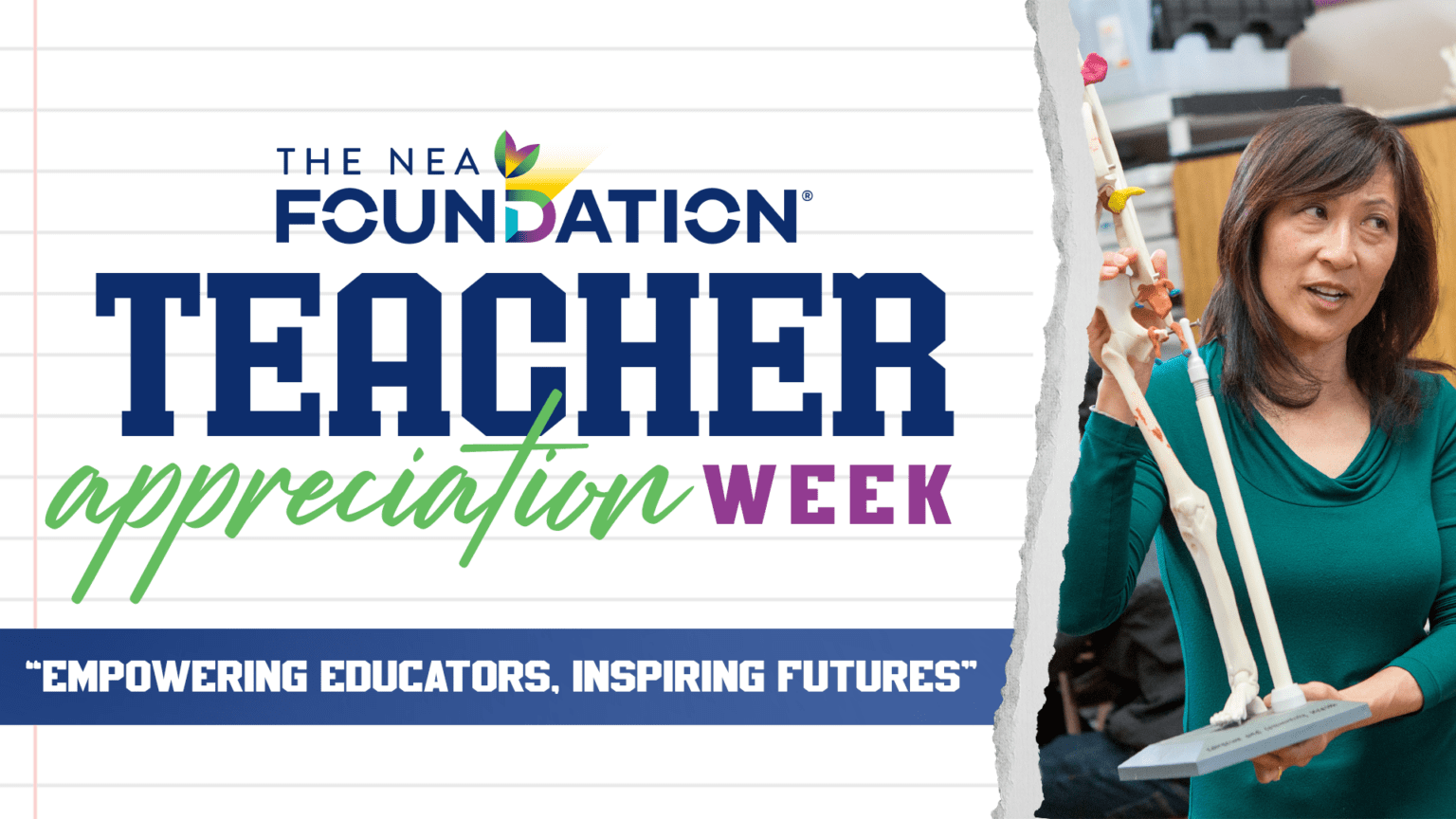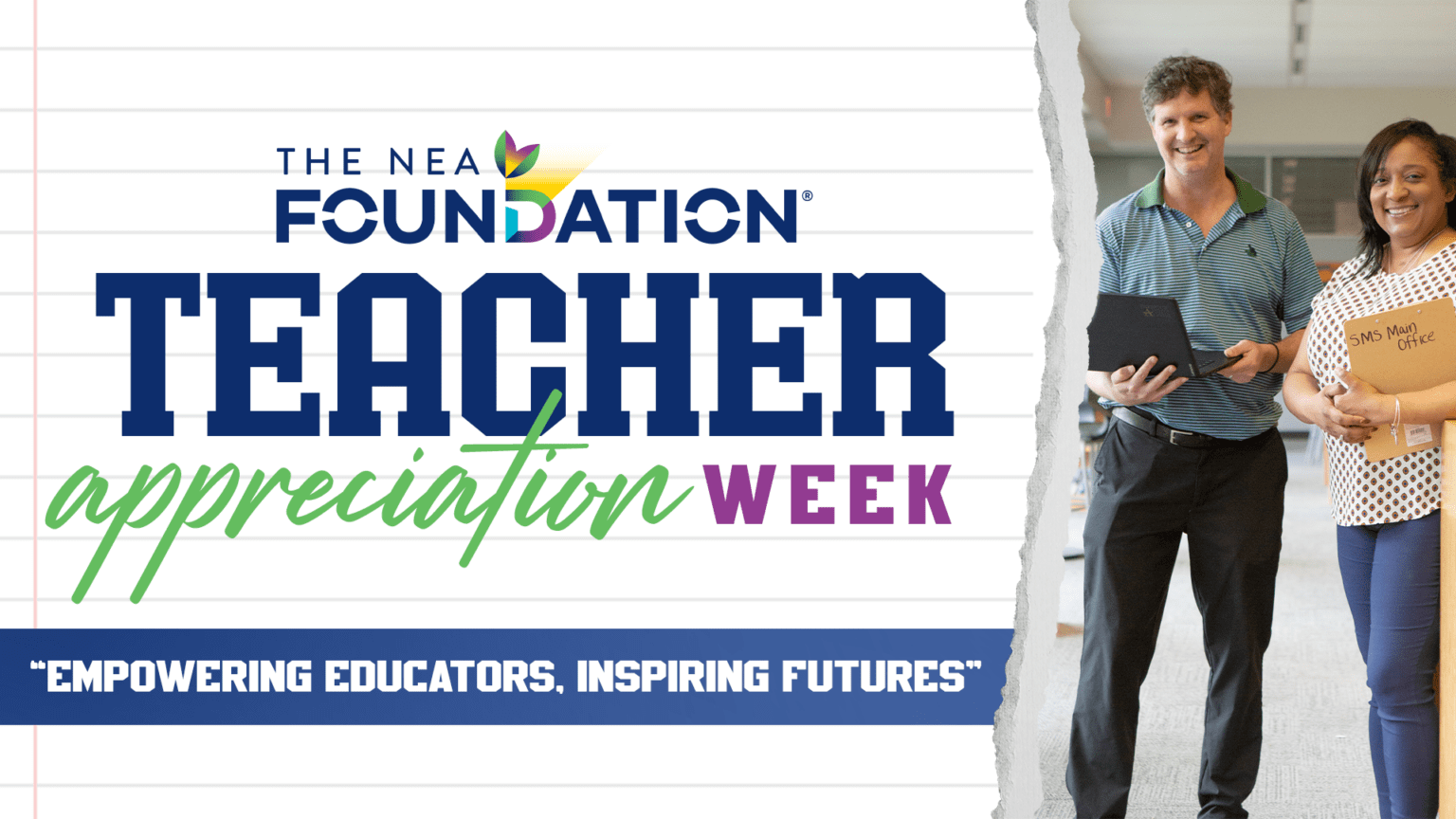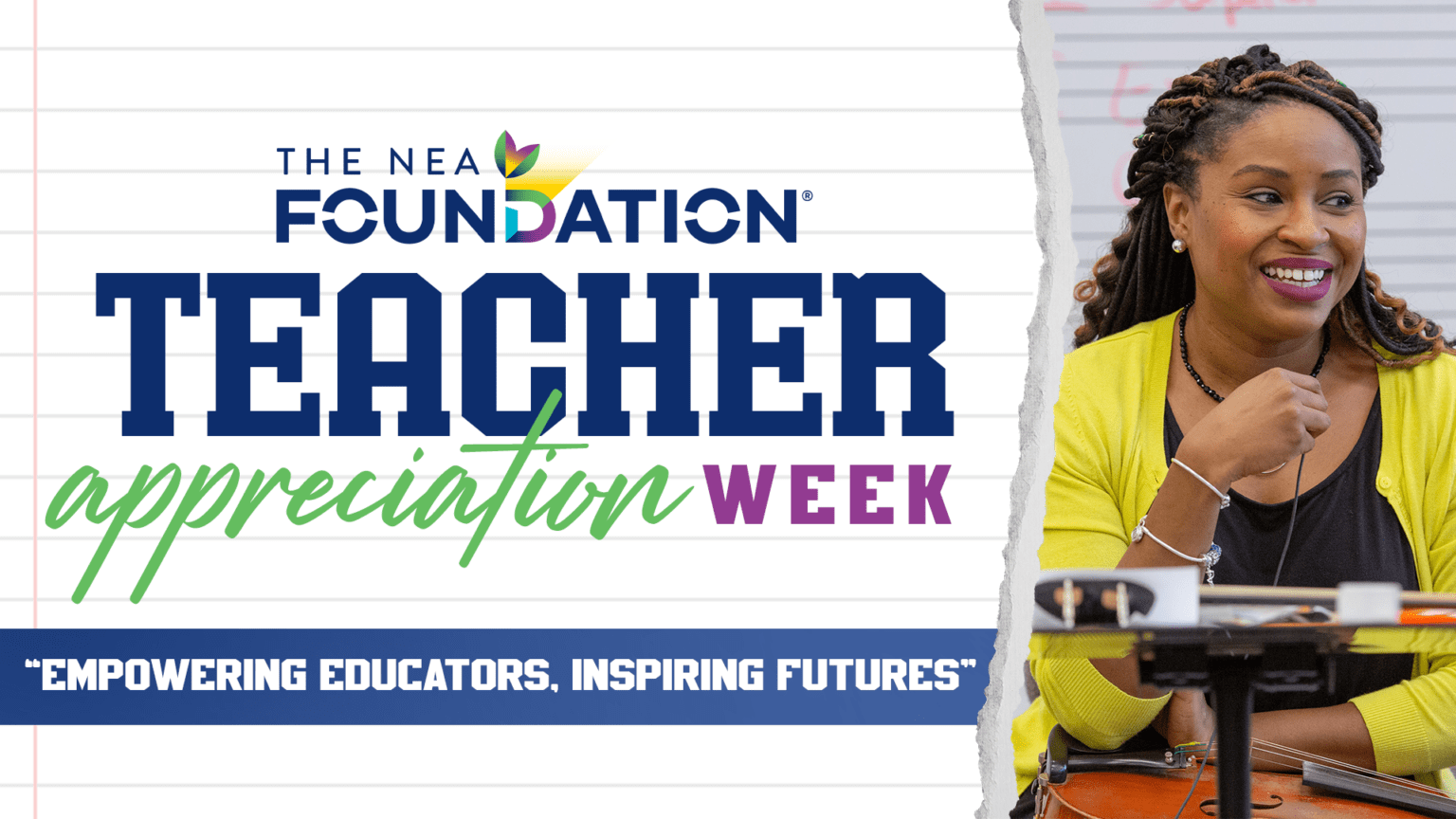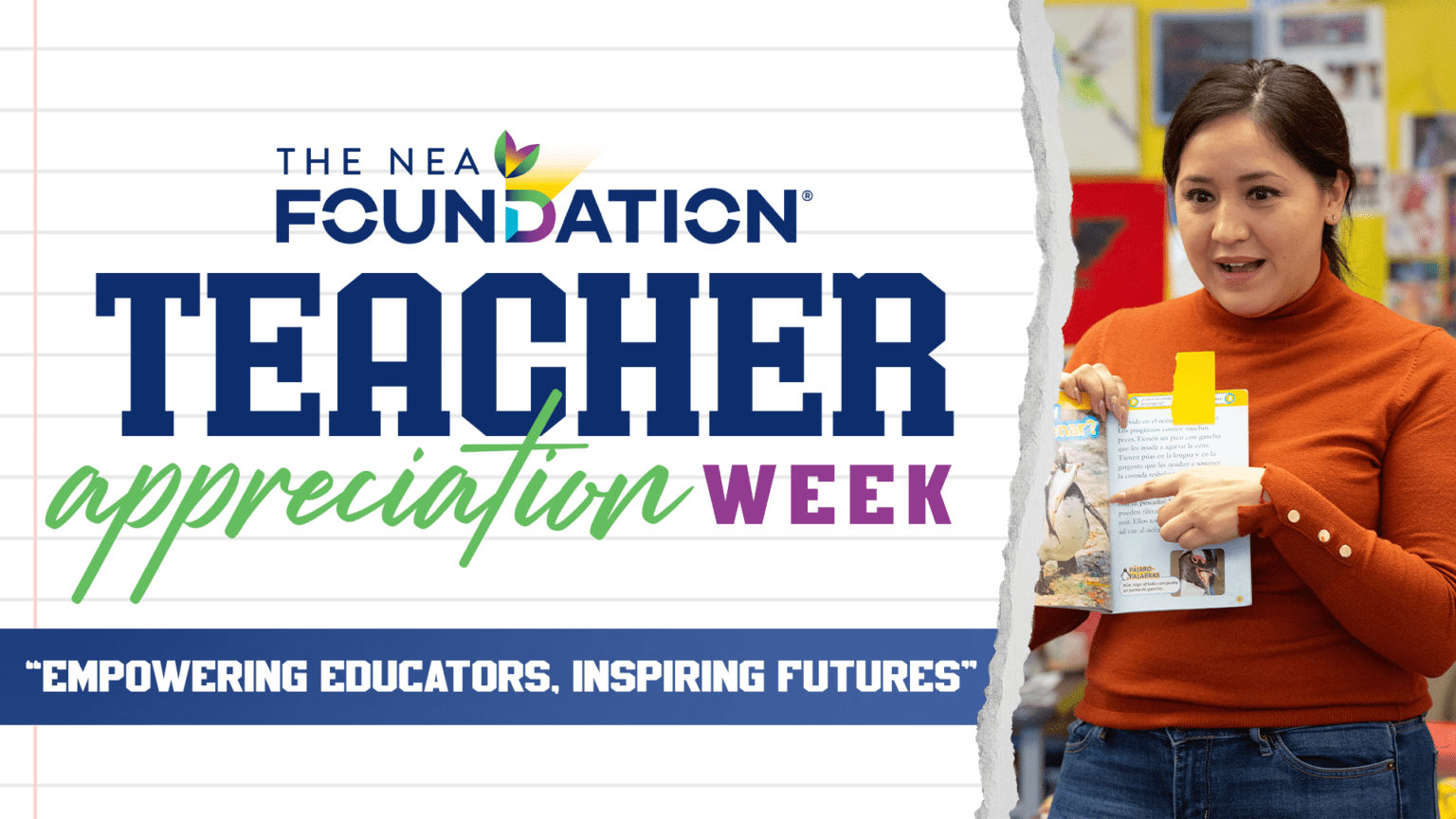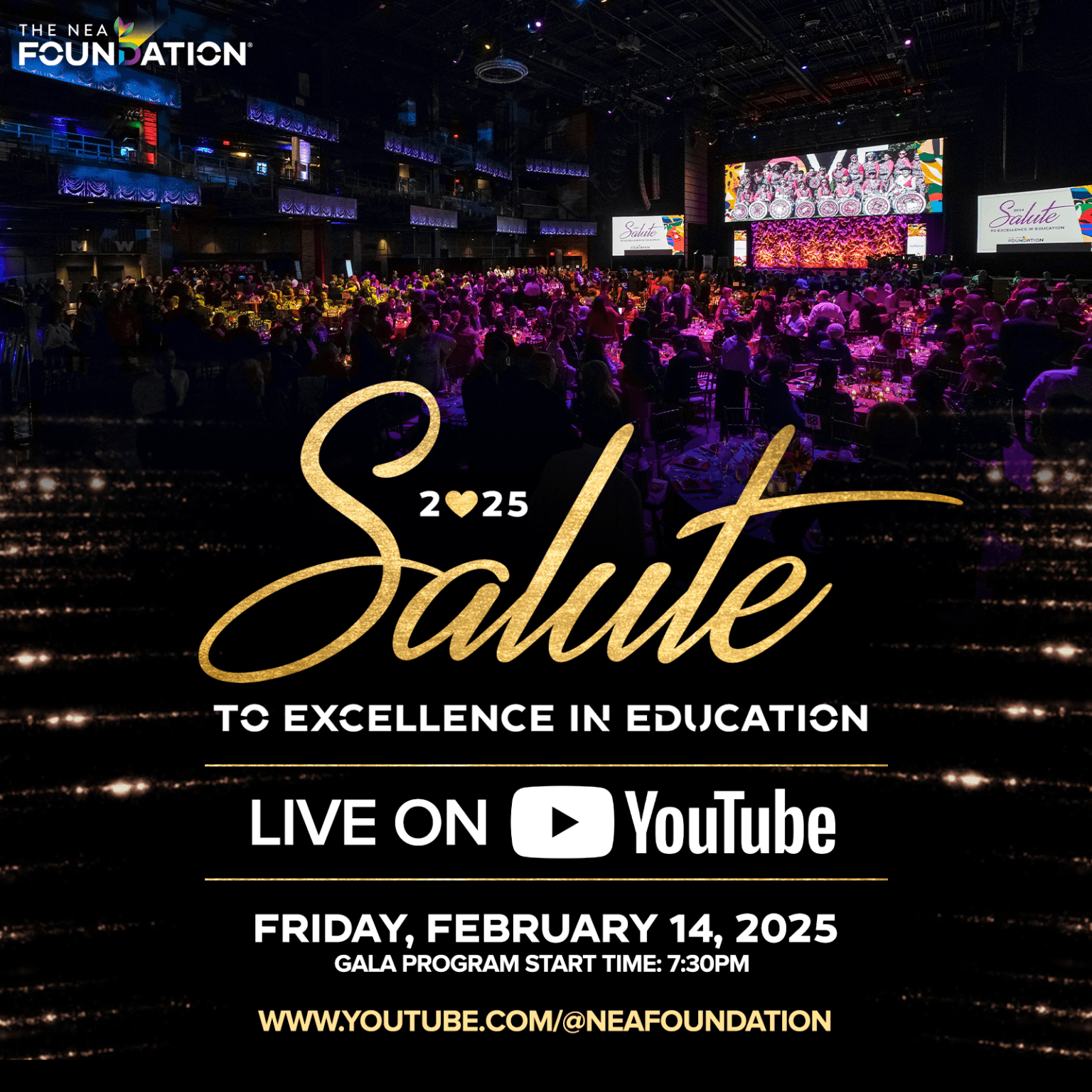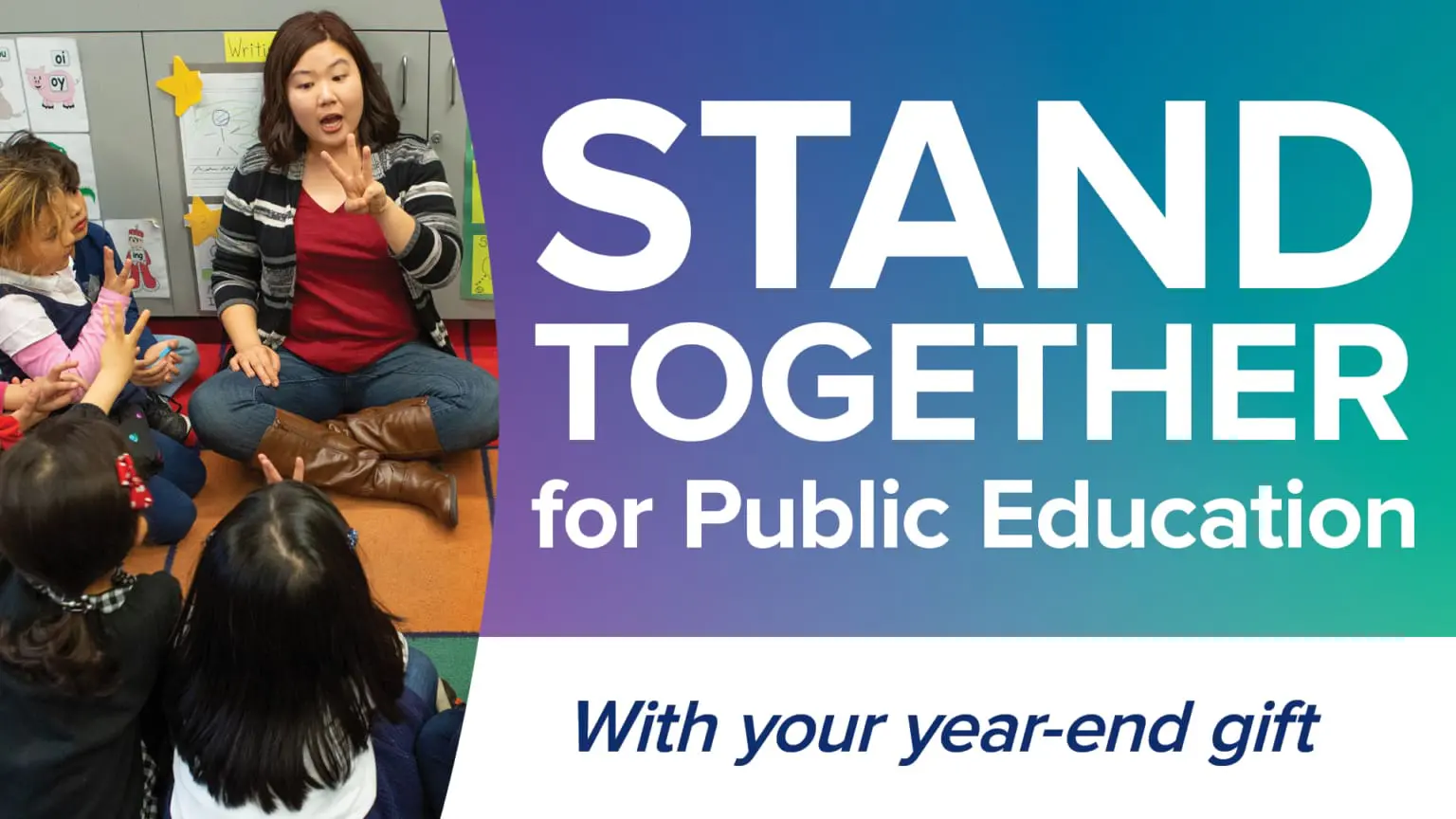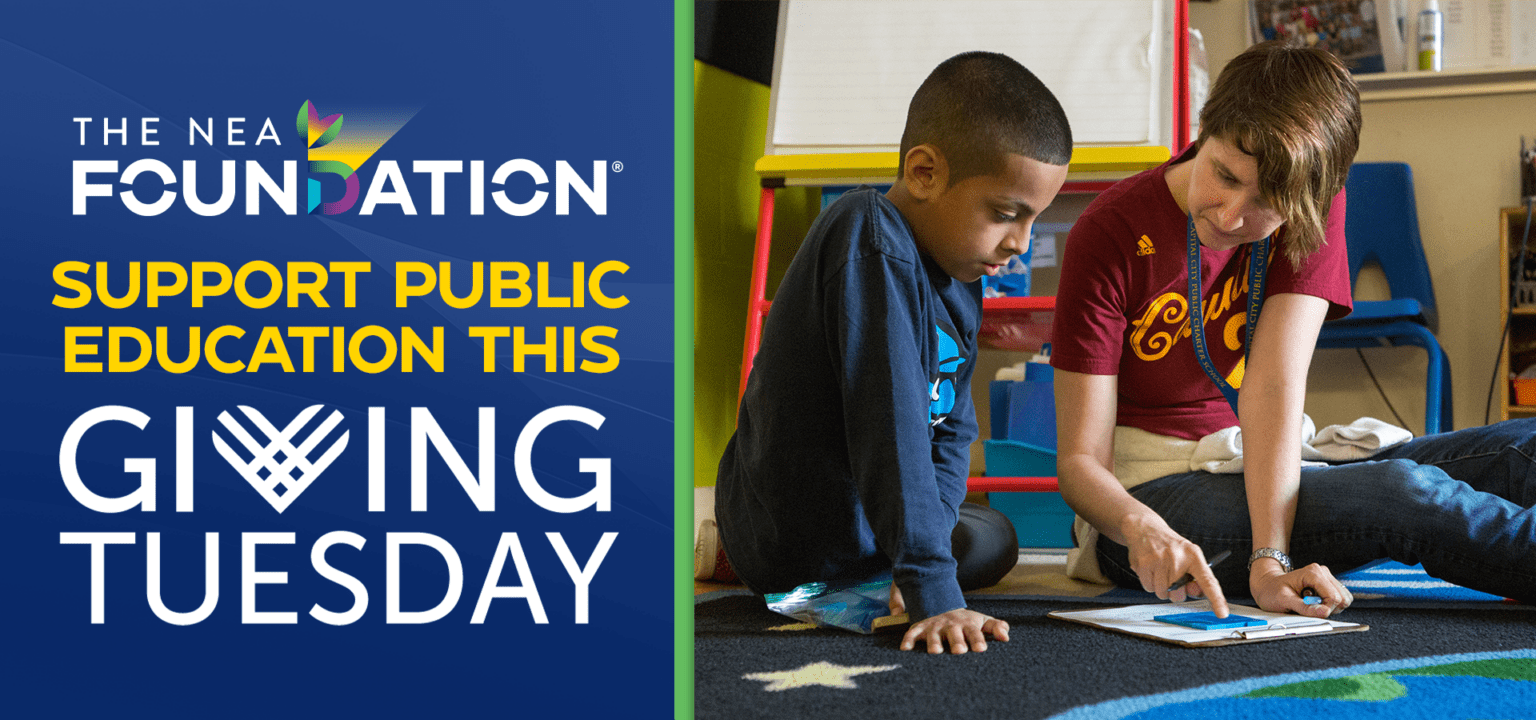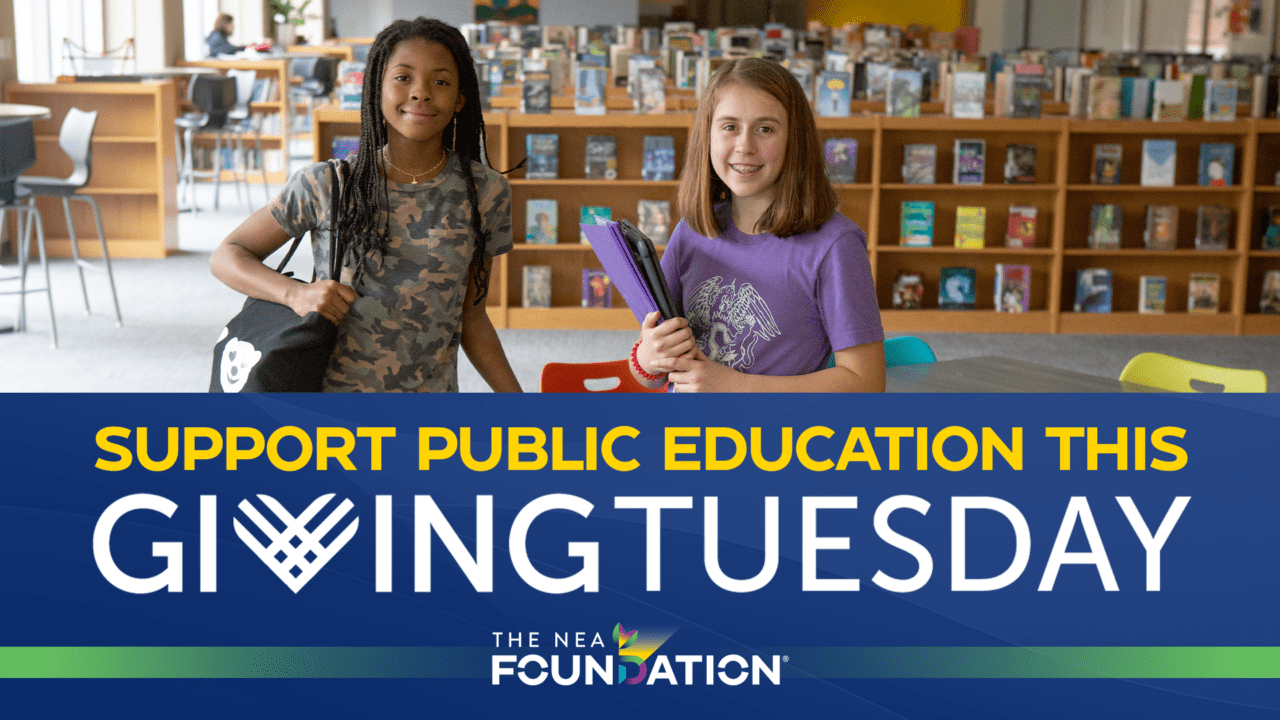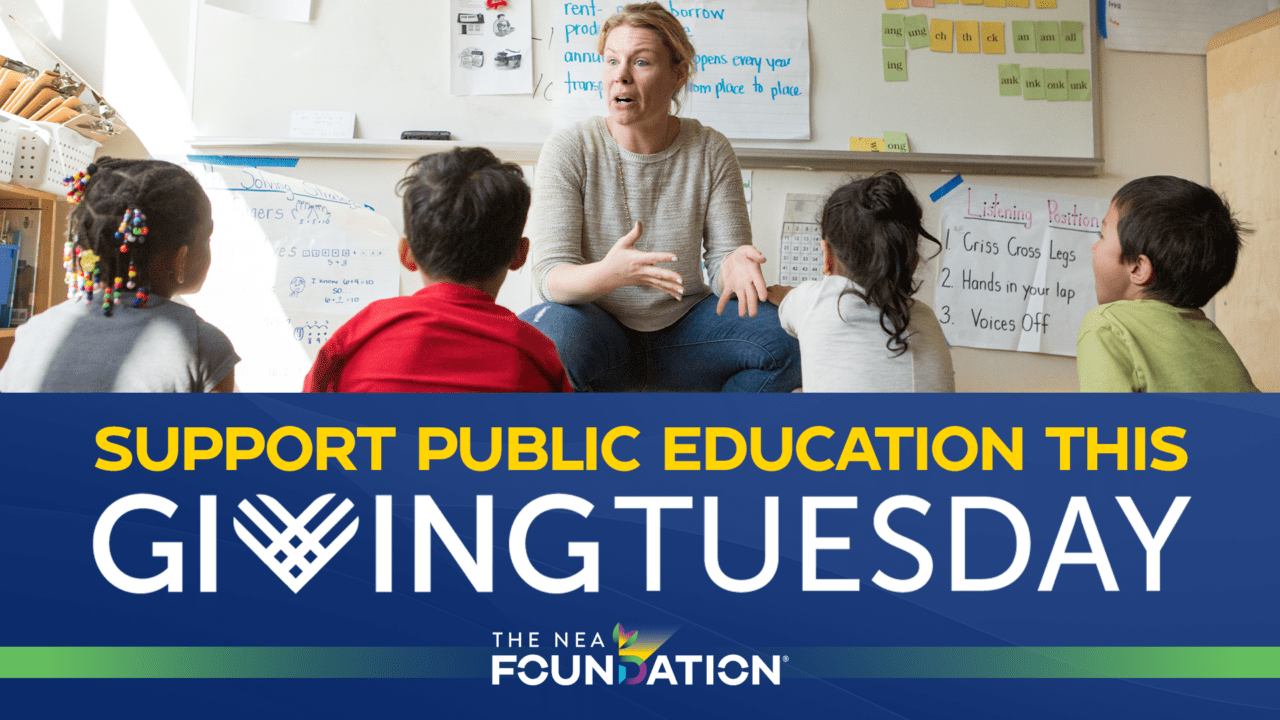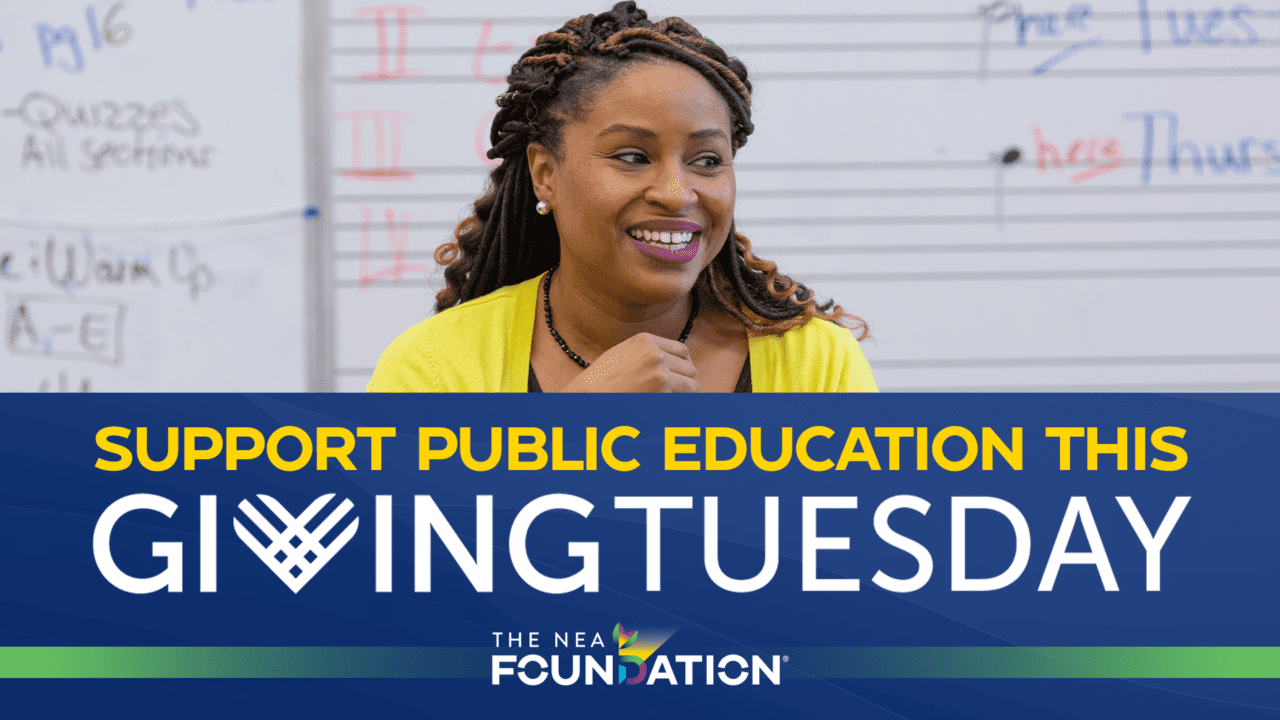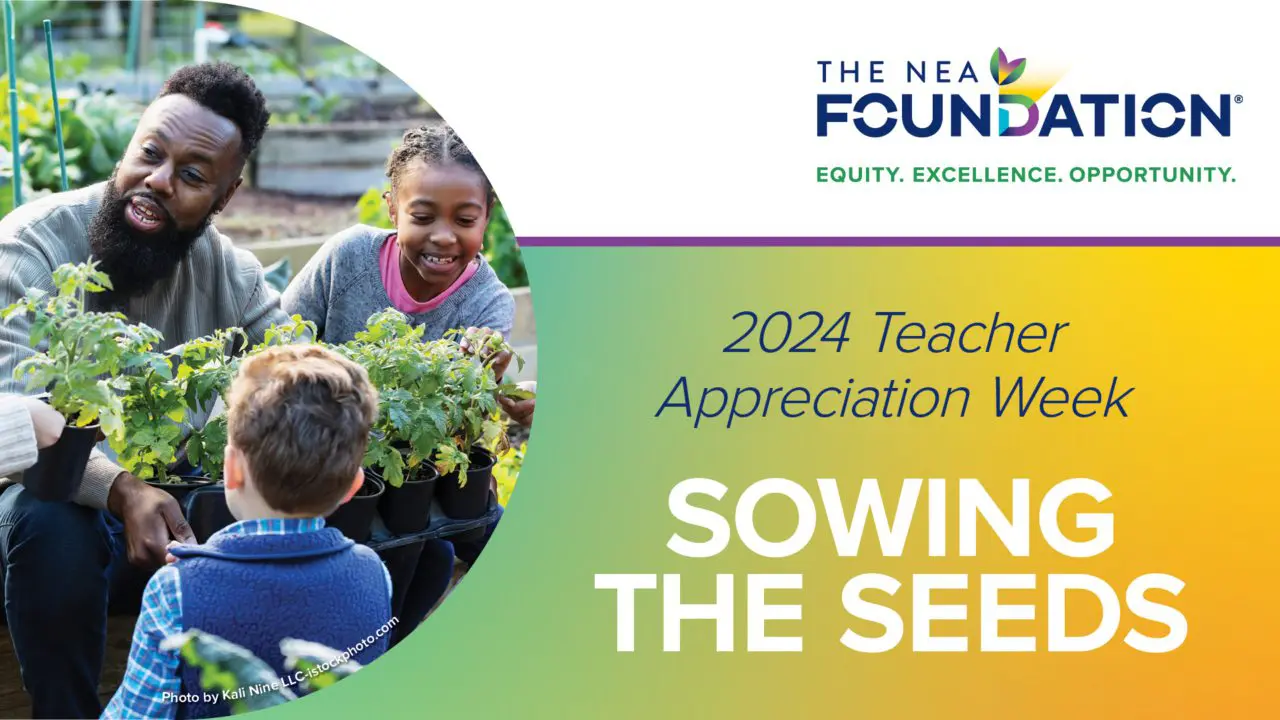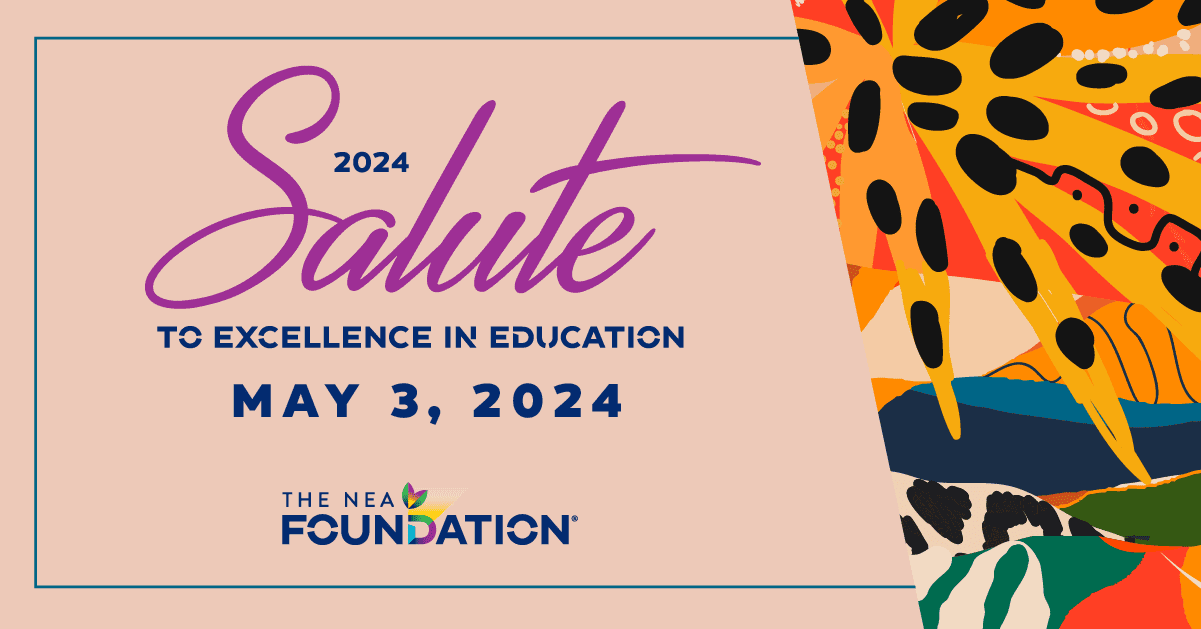Alison Castellano is a 3rd grade teacher at Palm Lane Elementary School in Anaheim, California. She received an NEA Foundation Student Achievement grant to help her students investigate the ways in which solar energy can serve as an alternative energy source both locally and globally. Here’s what she had to say about her project and its impact.
Tell us a little about your project.
The main learning objective of the Project-Based Learning (PBL) unit was for students to investigate how solar energy can serve as an alternative energy source both locally and globally. Under this overarching focus, students were challenged to utilize 21st-century skills such as communication, collaboration, creativity, and critical thinking within their own classrooms.
I collaborated virtually with two other teachers in San Jose, California and in Pennsylvania to plan and execute the unit for their individual classes. Each teacher delivered the curriculum based on the students’ learning needs and teaching styles.
How does this project help your students?
Using collaborative learning assignments, students explained how solar energy works, developed questions about solar energy, and discussed why solar energy is a good alternative to traditional energy sources like coal or oil. With the help of the NEA Foundation Student Achievement grant, students were able to further their learning through the aid of technology. The grant allowed every student to have a Chromebook to research, explore, and communicate about our solar energy project daily. This influx of technology strengthened the investigation and collaboration pieces of the unit. The technology grant also enabled students to be independent learners in the classroom. The culminating project for the unit was for the students to create a solar energy invention that would benefit their community.
Why do you think the project was successful?
We accomplished our measurable learning goals as well as developed memorable distance education opportunities/relationships with classrooms in San Jose, California and in Pennsylvania. The biggest success was students’ collaboration to develop unique and innovative solar energy inventions that would help their community and beyond. From a solar-powered pencil sharpener to a solar-powered paint brush, students’ creations embody 21st-century learning skills!
Have an idea to improve student learning? Apply for an NEA Foundation grant of your very own! The application deadlines for Student Achievement and Learning & Leadership grants are February 1, June 1, and October 15. For help developing your proposal, be sure to check out our grant writing tutorial.

